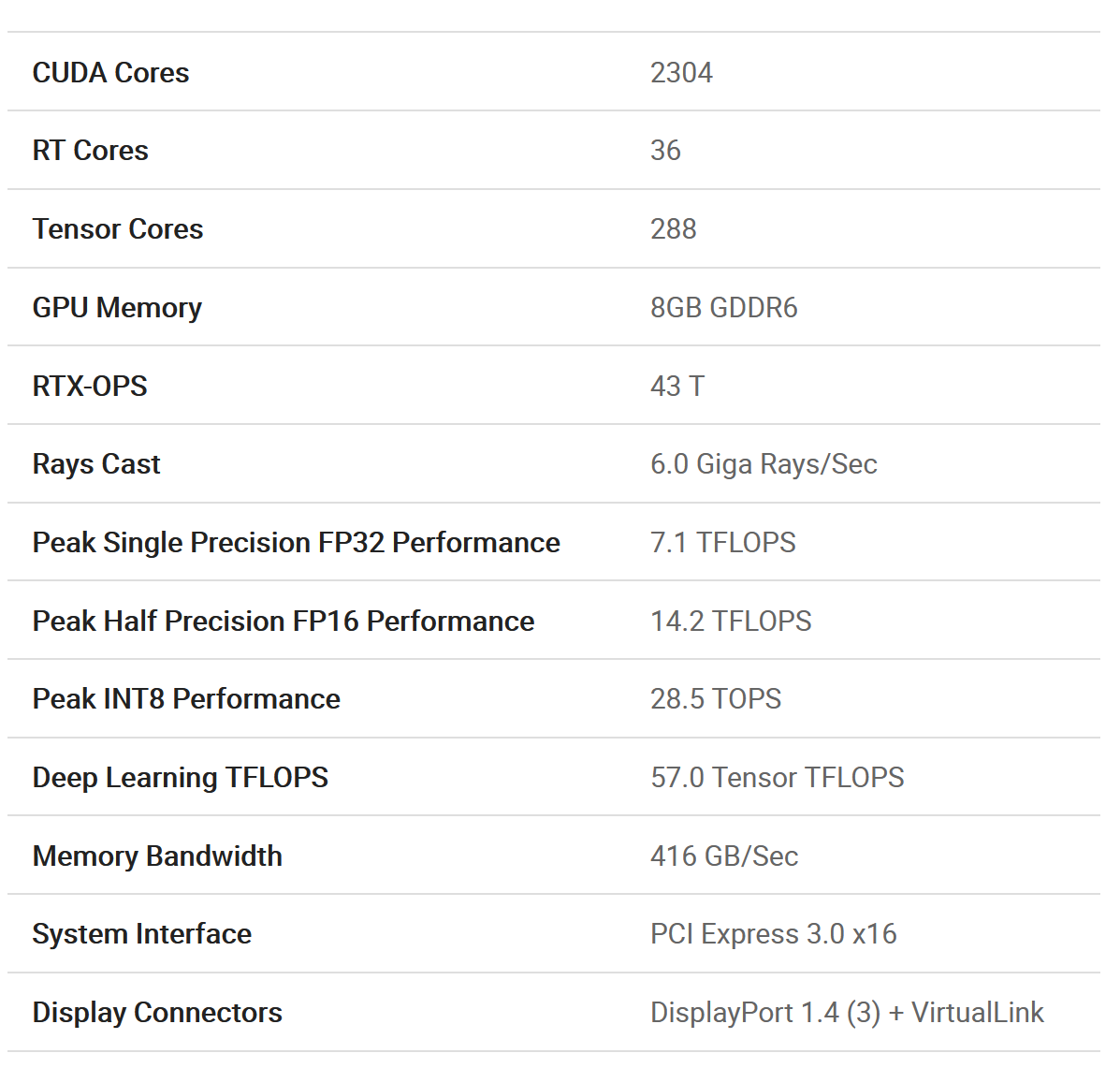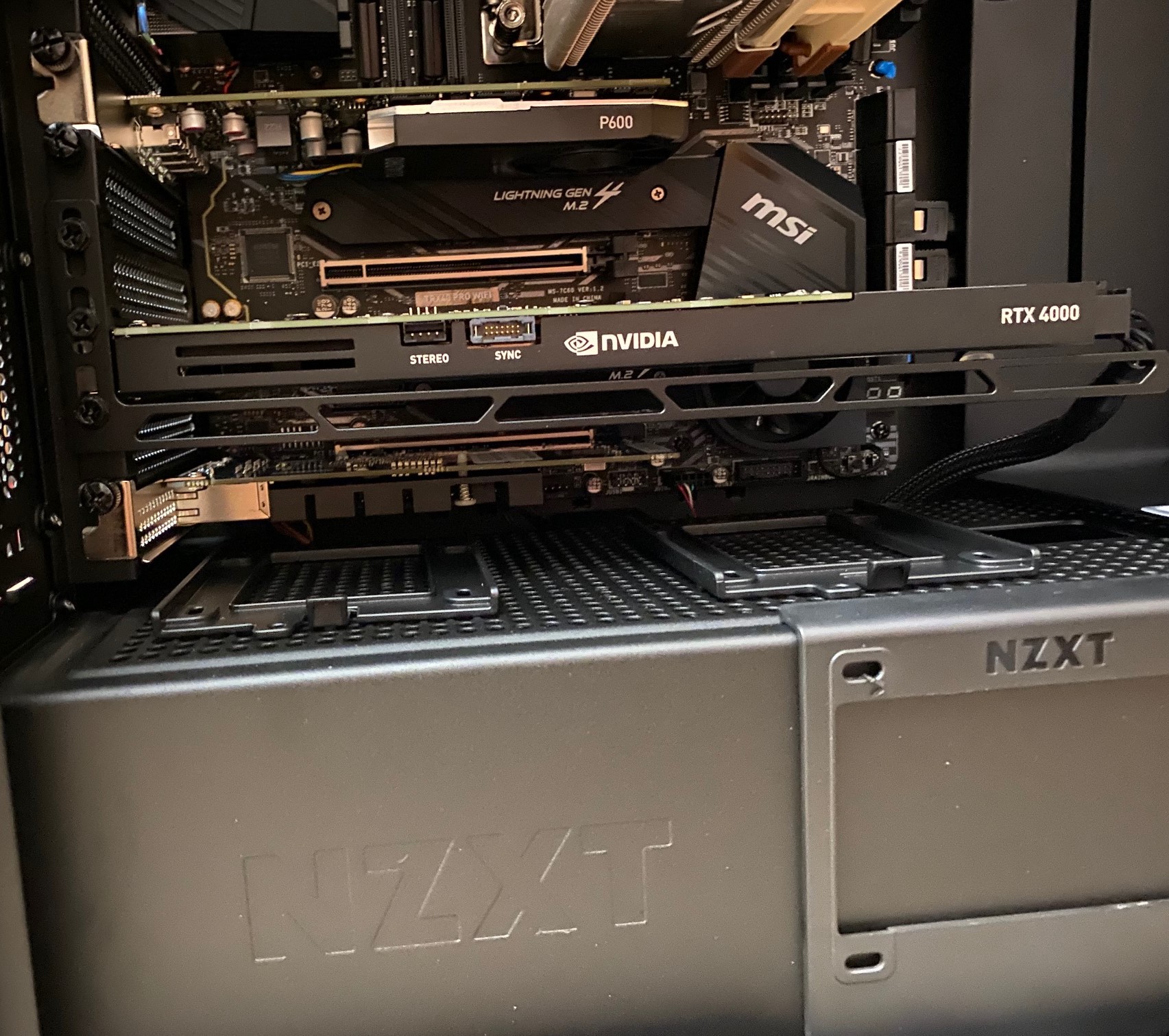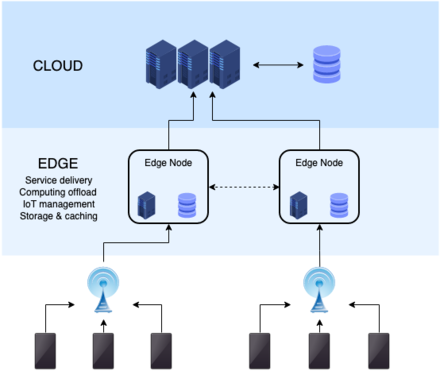
Description:
The World’s First Ray Tracing GPU
NVIDIA® Quadro® RTX™ 4000 combines the NVIDIA Turing GPU architecture with the latest memory and display technologies, to deliver the best performance and features in a single-slot PCI-e form factor. Enjoy greater fluidity with photorealistic rendering, experience faster performance with AI-enabled applications and create detailed, lifelike VR experiences more cost-effectively and across a broader range of workstation chassis configurations.
NVIDIA Quadro RTX 4000 features 36 RT cores to accelerate ray tracing, 288 Tensor cores to accelerate AI and 8 GB GDDR6 memory to accommodate large datasets. It is equipped with three DisplayPort 1.4 connectors with HDR support and features the latest VirtualLink connector (that can also drive a DisplayPort panel via an included USB Type-C to DP adapter) to simplify connectivity to next-gen VR HMDs. Additionally, in conjunction with NVIDIA Quadro Sync II you can deploy massive digital signage solutions with higher density and at lower cost.
Specifications:

Review:
At AI Manufacturing Solutions we are often tasked by our customers to find a readily available mid-level GPU that works for deep learning applications. A common solution to this frequent problem that our analytics department recommends is the PNY RTX4000! The most attractive aspect is that PNY has maintained decent supply during the pandemic with lead times available from most distributors in <2 weeks, if you need something a little faster you can try Amazon which maintains a pretty stable supply but at an elevated price of 150-400 USD above second tier suppliers.
So why do we love this product you may ask?

First, the form factor is slim - leveraging a single gen3/gen4 PCI slot which allows us to stack multiple units into a single system when our customers demand dedicated GPU’s. The package measures in at a slender single slot height with a 4.4” D x 9.5” L profile.
For the gamers out there, the RTX4000 supports up to 4 simultaneous displays running 120Hz at 3840x2160 resolution or larger displays at 60Hz.

For those of you doing deep learning applications, you will find that the 2304 Cuda cores coupled with 8GB GDDR memory is not the top performing GPU on the market, but for a unit that can readily be found for less than 1000 USD it is ideal for “at the edge” deployment solutions. Our customers are typically looking for systems they can scale across 50-100 “at the edge” analytics boxes running things like Tensor Flow via Python or other custom software solution. Mastering computer vision by Krishnendu Kar provides specific examples on how one might leverage these in scale “at the edge”.

We always couple these GPUs with dedicated display cards when leveraged as analytics engines; these are typically customer specified units but have found that the Nvidia Quadro P600 works well if trying to stay within an NVIDIA software suite.
So how does all of this stack up to the competition?
Leveraging industry leading PC performance software by Passmark – it is easy to see that the 2D and 3D Graphics Marks are respectable at a solid 80% relative to other units baselined, a solid ranking for those looking to put 25-50+ devices “at the edge”.
Available: